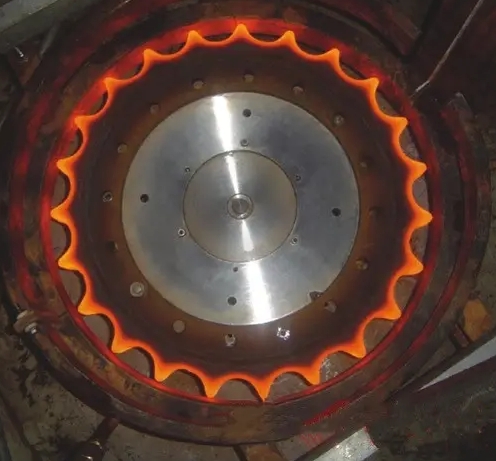- 07
- Feb
What are the types of heat treatment and quenching processes? (one)
What are the types of heat treatment and quenching processes? (one)
The types of quenching are divided into different cooling forms, mainly including single-liquid quenching, double-liquid quenching, graded quenching and isothermal quenching.
(1) Liquid quenching
Single-liquid quenching is a quenching operation method in which the austenitic workpiece is rapidly immersed in a certain quenching medium and cooled to room temperature. The basis for the selection of single-liquid quenching cooling medium is that the cooling rate of the workpiece in this medium must be greater than the critical cooling rate of the workpiece steel, and the workpiece should not be quenched and cracked. The single-liquid quenching medium includes water, brine, alkaline water, oil and some specially formulated water-based quenching agents.
(2) Double liquid quenching
In order to overcome the shortcomings of single-liquid quenching and make the quenching and cooling of the workpiece as close to the ideal situation as possible, two media with different cooling capacities can be used together. After it is cooled to a temperature slightly higher than Ms (about 300°C), it is immediately transferred to the second medium with smaller cooling capacity and cooled to room temperature. This quenching cooling method is called double-liquid quenching.
For some workpieces, in order to further slow down the cooling rate below Ms, water quenching air cooling or oil quenching air cooling can also be used, and air can also be treated as a cooling medium.
(3) Staged quenching (martensite staged quenching)
The characteristic of this cooling method is that the workpiece is first immersed in a bath with a temperature slightly higher than Ms, kept in the bath until the surface and center of the workpiece are cooled to the temperature of the bath, and then taken out for air cooling. The bath temperature is generally Ms+(10~20)℃. The composition of the medium in the bath adopts nitrate bath, alkali bath and neutral salt bath.

